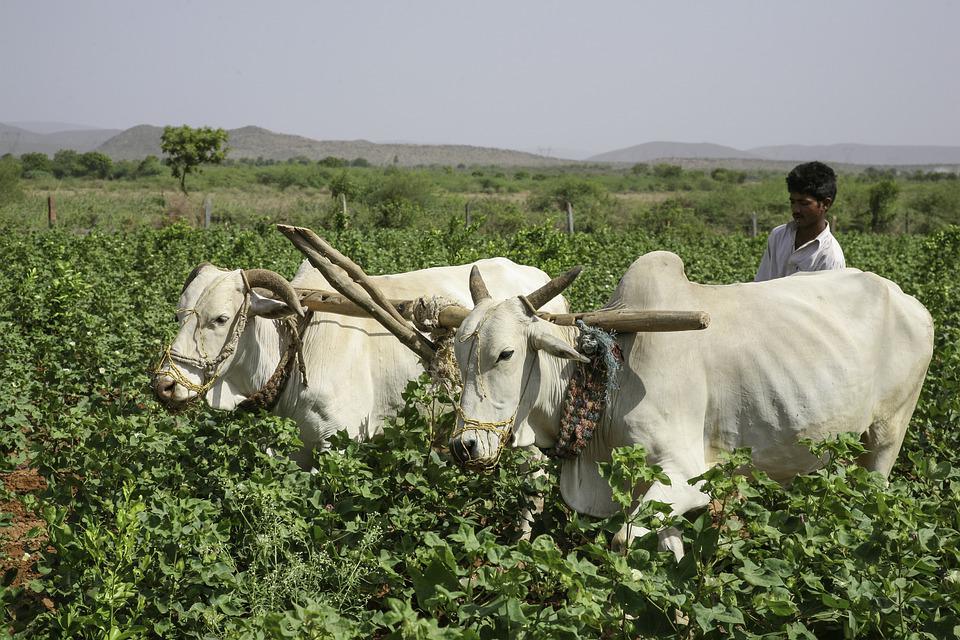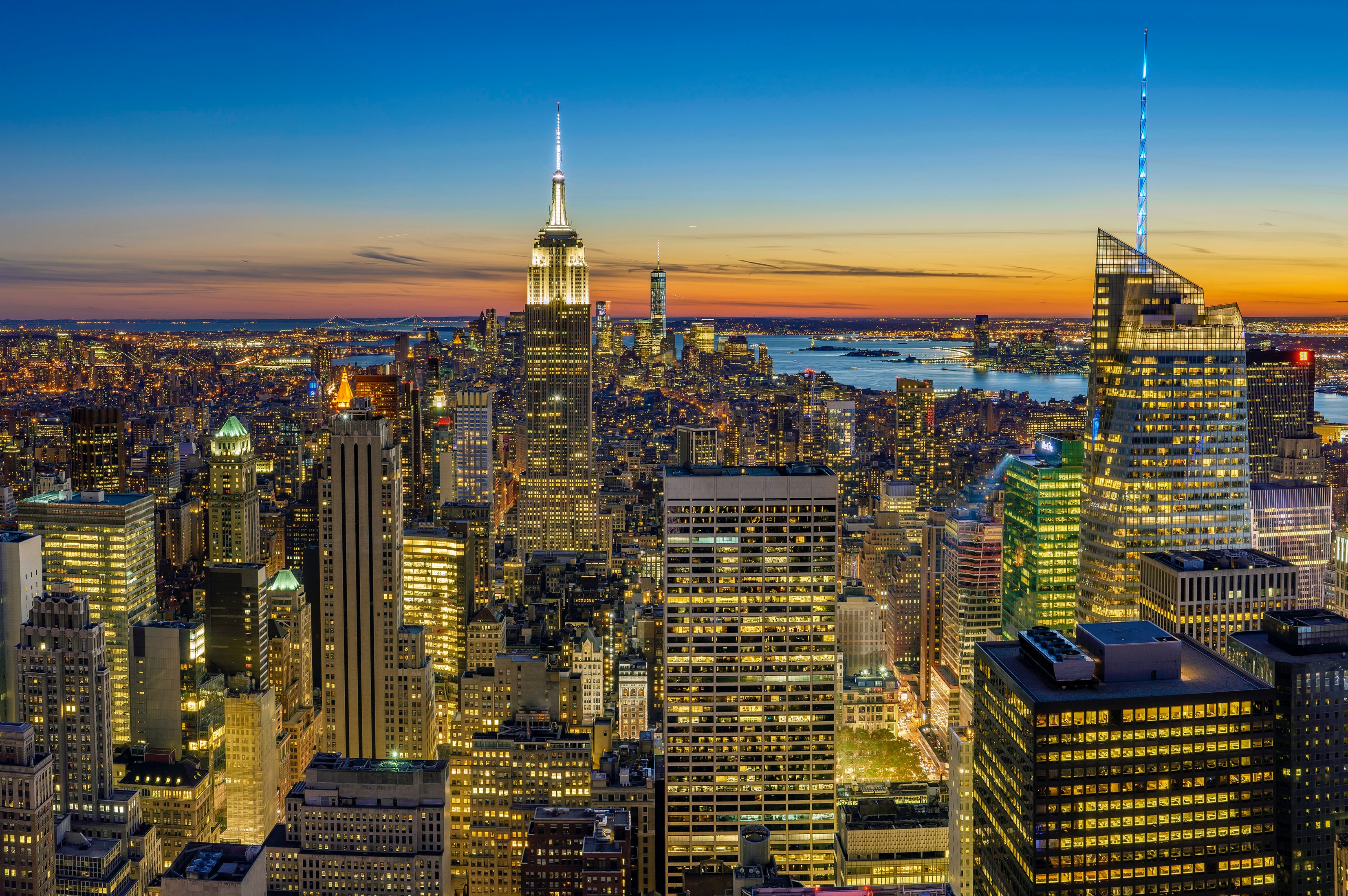Tying it together: consumption, population, ecological decline, the fossil fuel problem, climate change, hard solutions, and why we’re not going to fix it.
I was out gathering grass clippings for garden mulch the other day when a friend and frequent reader hit me up with an idea for a post. “Are we really doomed?” he asked. “What if we were able to get our fossil fuel use under control, or fix the environment? What would it take to make a big enough difference?” Years of writing flashed through my mind, bite-sized chunks that seem like separate and unrelated issues instead of facets of the same predicament. Maybe I should start tying it together, I thought, so the interconnectedness of it all would be more clear. Only by seeing the whole picture can we make the best possible choices to save the future.
Let’s start with fossil fuels. They do civilization’s heavy lifting. Oil powers our transportation, makes megacities and suburbia possible, provides fertilizer to feed our population, and everything plastic you could ever imagine, from toys and medical gear to keyboards and “sustainable” vegan leather. Being able to rely not only on today’s sunlight to power our society in the form of wood heat, grass-fueled draft animals, and our own muscle power enabled us to expand our prosperity and ease to levels unimaginable to our early ancestors.
At the same time, two things, both bad, have resulted from this energy orgy. First, rising consumption means that we’ve sucked up more resources than can be easily renewed, in terms of soil fertility, forests, fisheries, mining, and more. Second, we’ve befouled the living world, filling the oceans (and us) with plastic, mine runoff turns rivers toxic, nitrogen fertilizer creates huge dead zones downstream, soil has eroded away, and treating the atmosphere like a vast open sewer turned it into a heat-filled blanket, itself a cause of present and future disasters. Tying it together means we’re in a real fix.
Because unsustainable situations will eventually no longer be sustained, these problems will eventually self-correct, but what would it take to limit our consumption before the famines, monster storms, flooded coastlines and river plains, and resulting migration catch up with us? And what would daily life look like if we lived within our natural means?
Ay, there’s the rub.
To get our fossil fuel addiction under control, we’d have to look at the root causes of why we use and consume so much. For one, a certain level of consumption is systemic, even mandated by law. Many municipalities mandate connections to the electric grid, water and sewer systems. Building codes may require manufactured components. Live too simply, too sustainably, and you risk having your kids taken away for abuse and neglect.

Perhaps you’ve heard of the “ecological footprint,” the idea that if everyone lived like Americans, we’d need “five earths,” a level of consumption made possible only by fossil fuels. Living as the people of Indonesia and India do would only require the resources of “one Earth,” but such a low standard of living would be unacceptable to most Americans. Any politician advocating for this would be defeated handily. Voters, for their part, are usually more interested in curbing what other people do, not giving up their own comfort. This is why the GOP refuses to even acknowledge climate change (while shifting the sacrifices to people they don’t like), while the best that the edgiest Democrats can do is the Green New Deal, a false assurance that we can shift to “clean” energy and sexy electric cars without having to make any noticeable sacrifices at all. Politics won’t solve this.
Resource use, however, is determined not only by the level of consumption, but also by population. Fossil fuels increased the human population dramatically. The Green Revolution’s synthetic fertilizers enabled farmers to grow far more food, and therefore more people, than ever before: two of every five people alive today are here because of the Haber process. Plastics and modern medicine keep people alive longer. Trade allows people to import scarce resources, as long as they can overproduce something else to buy it with. All of these have increased and preserved human life, at the long term cost of the environment. Ethical ways to reduce population are limited, and usually take the form of family planning, educating girls, and raising the standard of living (consumption) until people have fewer children by choice. There’s nothing wrong with most of these, except that they have only slowed growth.
Until we tackle overshoot, the fact that our consumption multiplied by our population has exceeded the natural carrying capacity of our collective landbase, we’re not going to rein in our fossil fuel use, which is the means by which we underwrite both of those factors contributing to overshoot. And until we get fossil fuels under control, we’re going to keep destroying the natural world, which is our only life support system. On the other hand, if we keep destroying our nest, it will eventually no longer support either our population or our level of resource consumption. Tying it together, the question is if will we find ways of making these reductions on a schedule of our own choosing, or are we going to wait until Nature does it for us, with considerable more suffering and chaos involved?
While you’re thinking about that, I’ll keep gathering mulch for my garden.


Join the conversation!